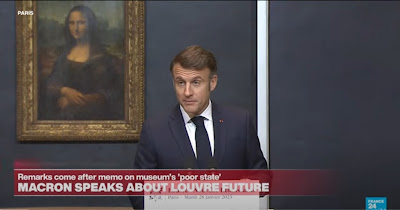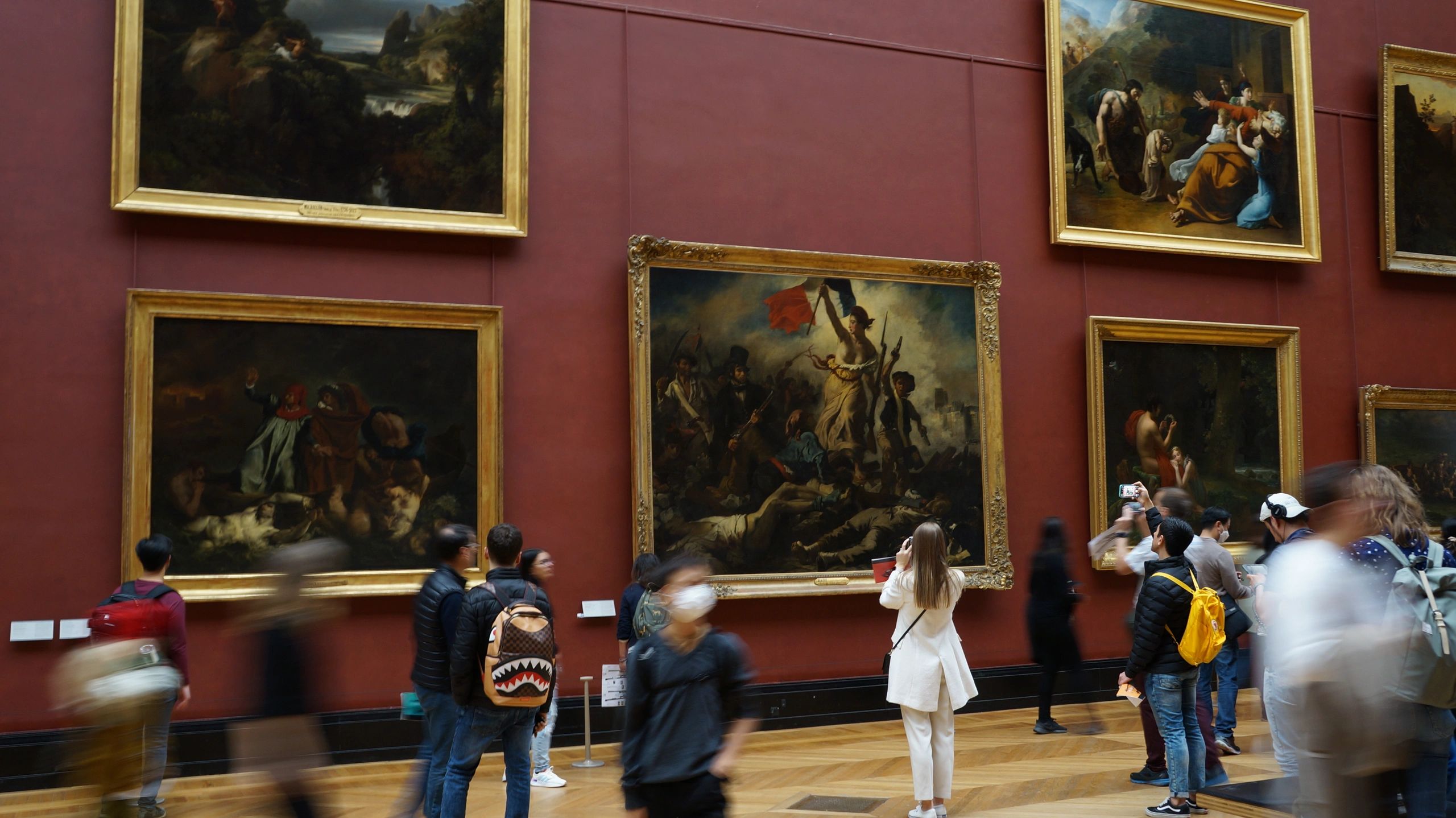Macron’s Visit to the Louvre: A Leaked Memo Unveils the Museum’s Struggles and the Urgent Need for Restoration
Introduction
The Louvre, one of the world’s most iconic cultural landmarks, has long been a symbol of France’s artistic heritage. However, recent developments have highlighted some concerning realities about the museum's condition. A leaked memo from the French government reveals that the Louvre, which attracts millions of visitors each year, is in dire need of restoration, and President Emmanuel Macron is determined to ensure it remains a crown jewel for generations to come.
The Louvre’s Aging Infrastructure: An Urgent Call for Action
The memo, which was leaked in late January 2025, outlines the severe deterioration of the Louvre's infrastructure, including issues with its aging roof, plumbing, and electrical systems. Some areas of the museum, particularly in the Louvre’s historic sections, are showing signs of wear and tear, making the need for restoration all the more pressing.
Macron, who has long championed the arts and culture in France, has acknowledged the need for a comprehensive restoration plan. The government is considering a multi-million-euro investment in renovations to ensure the safety of both the priceless artworks and the museum’s visitors. This plan could include structural repairs, climate control improvements, and enhanced security measures to protect the treasures within.
The Louvre’s Global Importance
For centuries, the Louvre has served not only as a museum but as a symbol of French identity. Home to some of the world’s most celebrated artworks, including Leonardo da Vinci's Mona Lisa and Eugène Delacroix’s Liberty Leading the People, the museum has become a global cultural touchstone. In fact, the Louvre is the most visited museum in the world, drawing over 10 million visitors annually.
Given the Louvre’s vast collection and historical significance, Macron’s push for restoration is about more than just preserving bricks and mortar; it’s about safeguarding cultural heritage for future generations. A major restoration project would also reinforce France’s commitment to art and culture on the global stage, ensuring that the Louvre remains a symbol of French excellence for years to come.
Fun Facts About the Louvre
- Home to Over 35,000 Artworks: The Louvre’s vast collection spans thousands of years and includes masterpieces from every major artistic movement in history. From ancient Egyptian artifacts to contemporary art, there’s something for everyone!
- It Was Originally a Royal Palace: Before becoming a museum, the Louvre was a royal palace for French kings, including King Louis XIV. It wasn’t until 1793, during the French Revolution, that the Louvre was opened to the public as a museum.
- The Glass Pyramid: One of the Louvre’s most modern features is the glass pyramid at its entrance, designed by architect I. M. Pei. While controversial when it was first built in 1989, it has since become a beloved symbol of the museum.
- The Mona Lisa’s Mysterious Smile: The Mona Lisa has captivated art lovers for centuries, partly due to her enigmatic smile. Did you know that the painting is only 30 inches by 20 inches in size? It may be small, but it’s one of the most famous works of art in the world!
What’s Next for the Louvre?
With the government’s plan for restoration in the works, visitors can expect both visible and behind-the-scenes changes to the Louvre in the coming years. Macron’s commitment to preserving the museum’s future is part of a broader cultural initiative aimed at supporting France’s art institutions. Alongside renovation efforts, the Louvre is also expanding its digital initiatives, bringing its collections to global audiences in new and innovative ways.
For now, the Louvre’s visitors can still marvel at its treasures, knowing that significant efforts are underway to protect and preserve them for the future. While the restoration process will undoubtedly take time, one thing is clear: the Louvre’s Renaissance is just beginning.
Stay tuned for more updates on the Louvre’s transformation, and in the meantime, why not plan your next visit to experience its rich history and world-class art firsthand?



